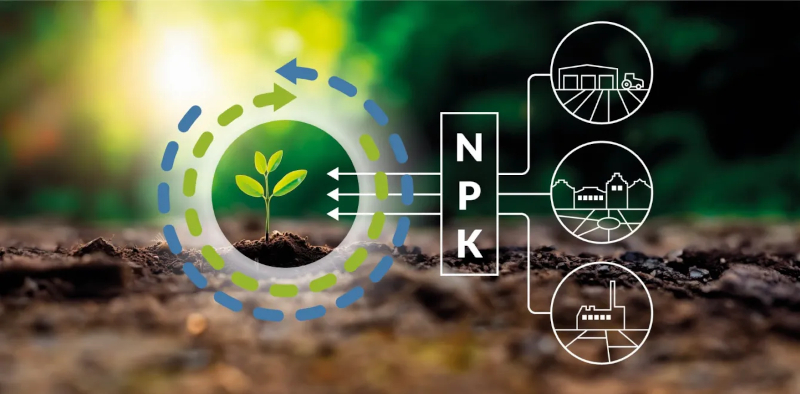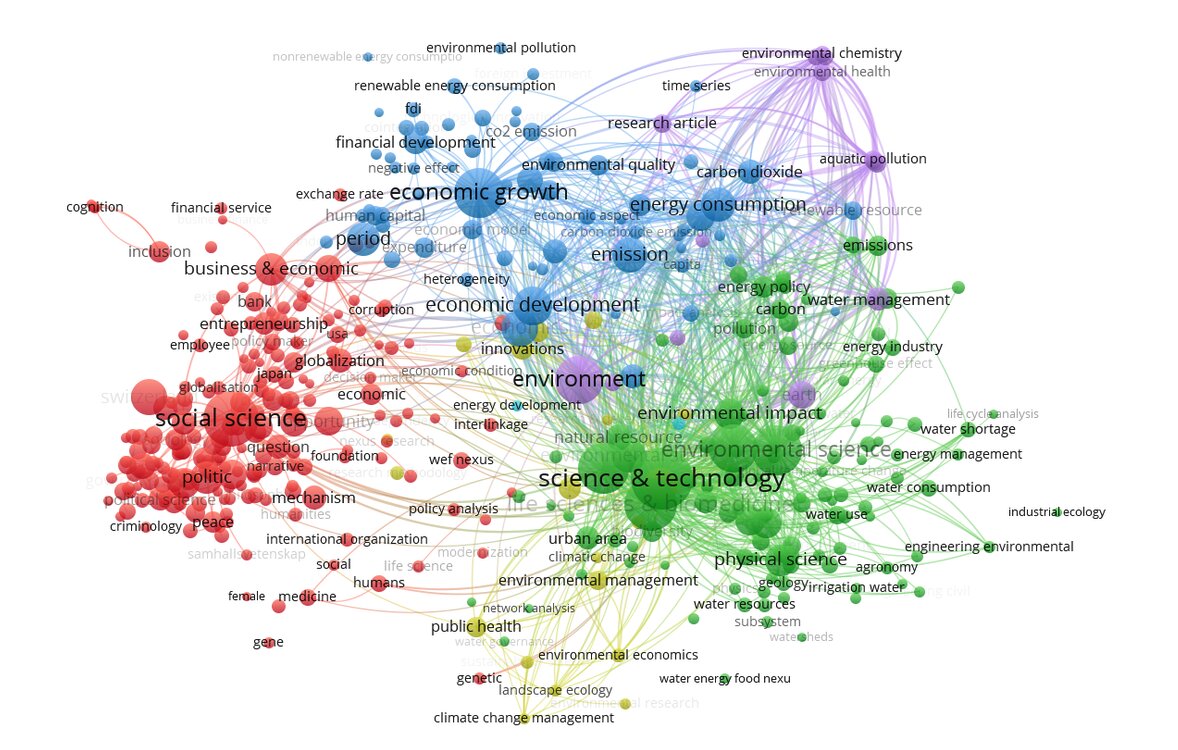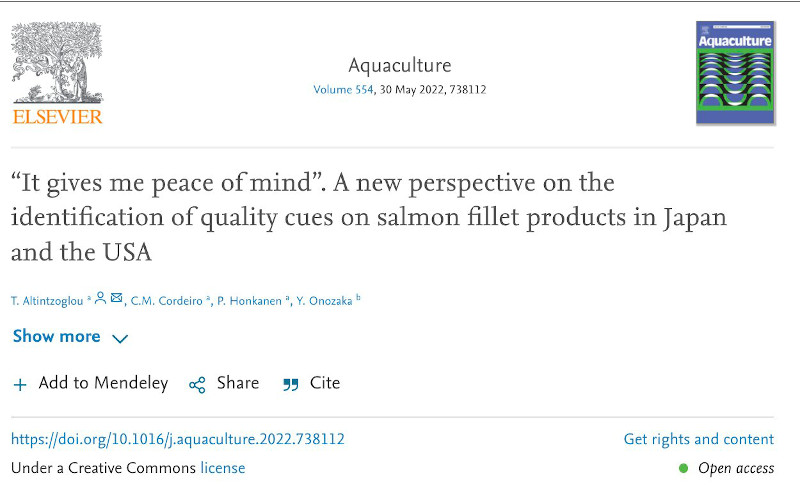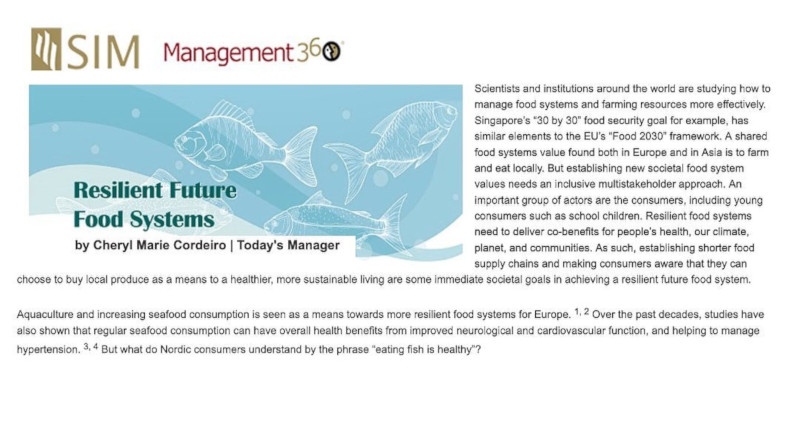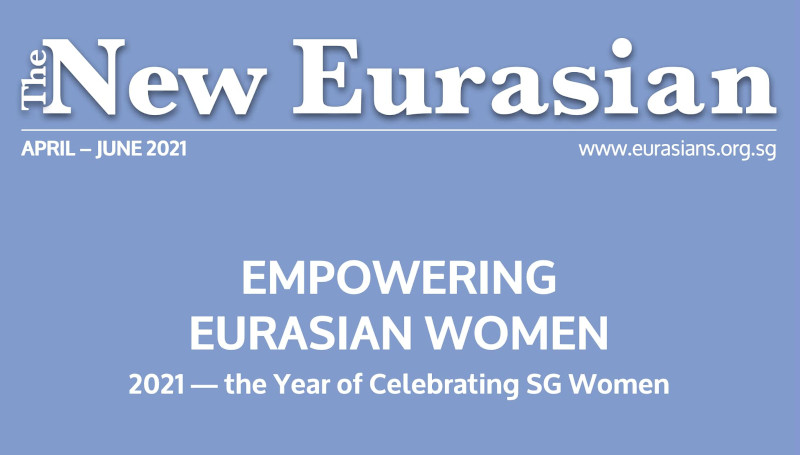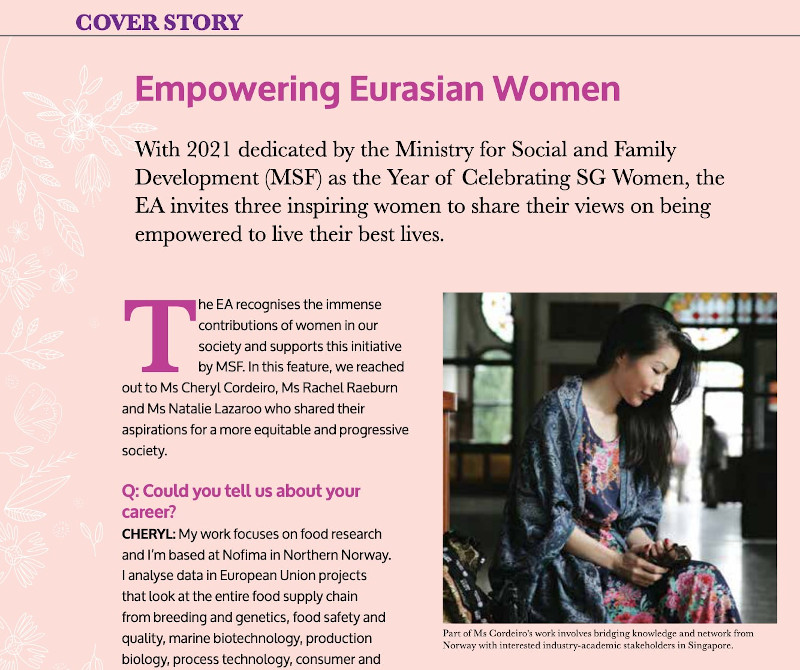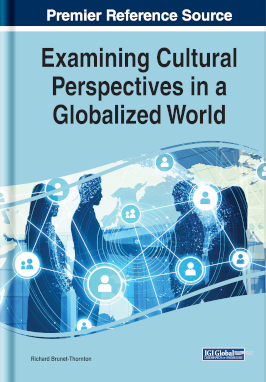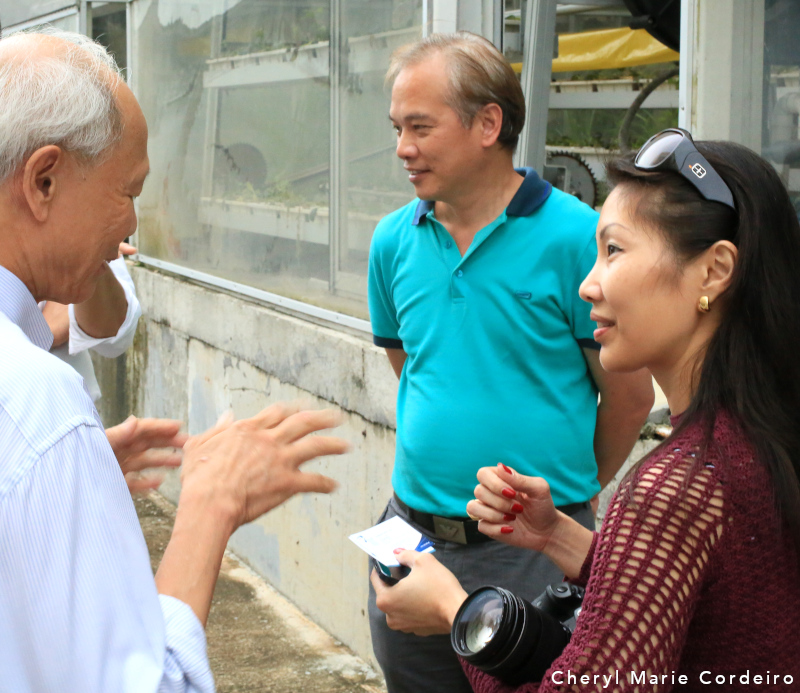Small corpora definition: https://www.sslmit.unibo.it/~guy/wudj1.htm
20k to 200k words by Flowerdew 1996
The Explorer.no
Hele verden vil ha norsk fisk. Kan det også løse verdens matbehov?
https://www.theexplorer.no/norsk-innhold/hele-verden-vil-ha-norsk-fisk.-kan-det-ogsa-lose-verdens-matbehov/?gclid=EAIaIQobChMI9Mbh48ua6QIVioeyCh2JiQ97EAAYASAAEgIqh_D_BwE
Slik kan Norge selge sjømat for 200 milliarder innen 2030
https://seafood.no/aktuelt/nyheter/slik-kan-norge-selge-sjomat-for-200-milliarder-innen-2030/
Barents Watch.no
https://www.barentswatch.no/en/havbruk/
https://www.barentswatch.no/en/havbruk/environmental-studies
Fiskeridirektoratet
https://www.fiskeridir.no/Akvakultur/Drift-og-tilsyn/Overvaaker-miljoepaavirkningen/B-undersoekelser
Seafood Norway
https://seafood.no/aktuelt/nyheter/slik-kan-norge-selge-sjomat-for-200-milliarder-innen-2030/
From Eirik Mikkeselsen
Fem forskerblikk mot 2030
https://lovdata.no/dokument/SF/forskrift/2011-08-16-849?q=nytek
https://lovdata.no/referanse/hjemmel?dokID=NL/lov/2005-06-17-79
https://lovdata.no/dokument/NL/lov/2005-06-17-79
https://www.barentswatch.no/en/havbruk/certifications
https://www.barentswatch.no/en/havbruk/
MOWI YouTube – Sustainability Traceability
https://www.youtube.com/watch?v=mOKJUB_6tWI – Ian Roberts speech

